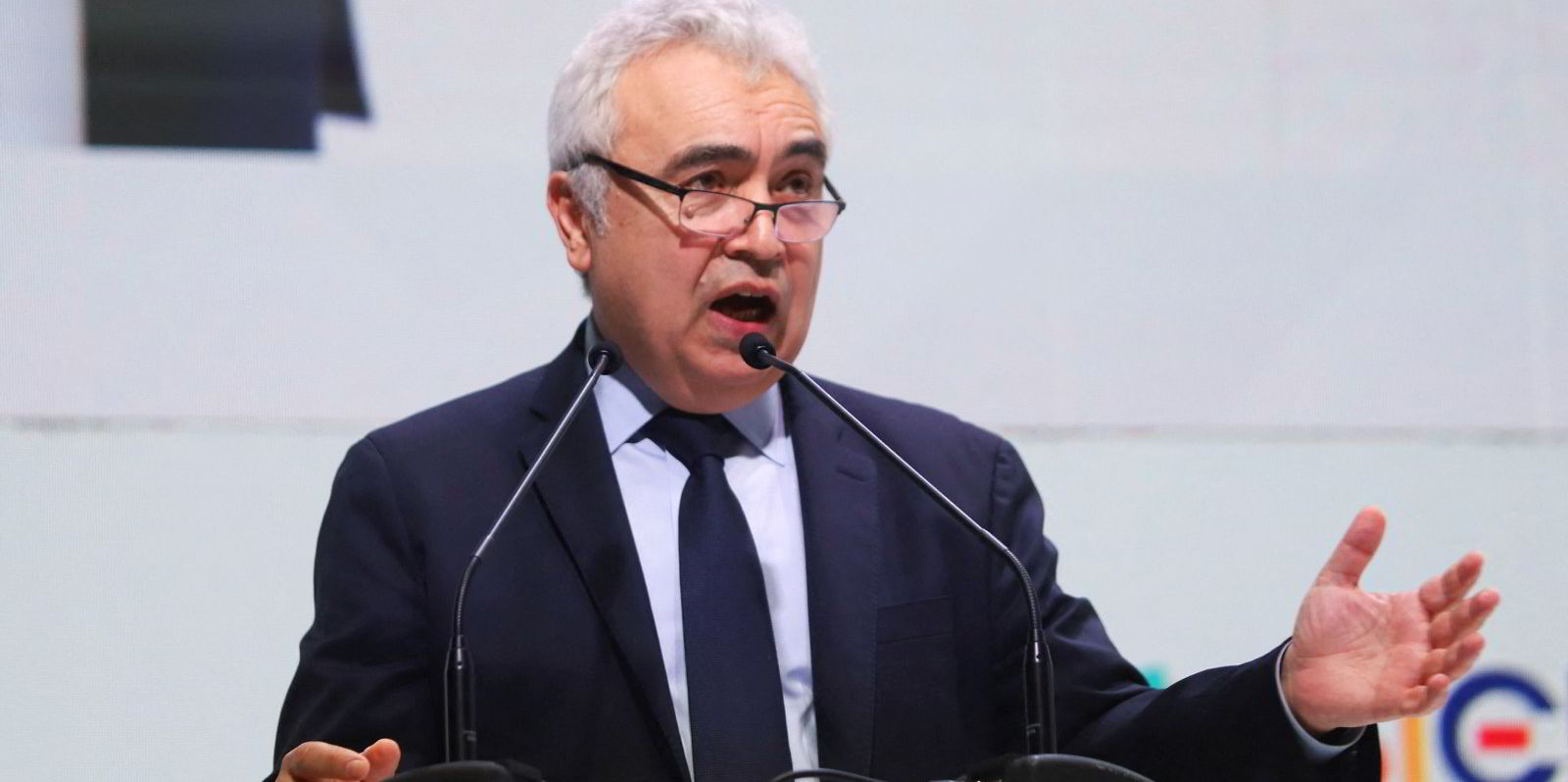The International Energy Agency (IEA) has recommended the Australia government continues to strengthen its policies and long-term plans to further its climate and clean energy ambitions and targets.
“Australia is an important player in global energy markets that is helping to meet today’s needs while advancing the transition to clean energy,” said IEA executive director Fatih Birol.
The IEA’s latest report found that Australia can make sufficient progress on emissions reductions by 2030 to align with the goal of net zero by 2050, though stronger efforts will be needed to improve energy efficiency and boost clean energy investment, while a “whole-of-government approach” is needed to end the country’s high reliance on fossil fuels.
However, industry body, the Australian Petroleum Production & Exploration Association (APPEA), pointed out that the IEA’s Australia 2023 Energy Policy Review also recognised the crucial role that gas plays in national and regional energy security.
“The IEA makes it clear that Australia’s gas production must meet domestic and export needs, with the global liquefied natural gas market increasingly calling on Australia to help ease the supply pressures during the global energy crisis,” said APPEA chief executive Samantha McCulloch.
“The industry supports calls for national plans for gas and carbon capture, as important planning tools for net zero,” she added.
Article continues below the advert
Call for updated plan and systems
The IEA review calls for an updated net zero emissions reduction plan for 2050 to guide implementation across all parts of government. A national energy and climate information system is also needed to track progress towards reaching these targets.
A successful clean energy transition would support the country’s economic diversification and industrial growth while providing long-term resilience against global energy market shocks, according to the new report from the Paris-headquartered IEA.
Since the agency’s last review five years ago, Australia has passed the Climate Change Act in 2022, which doubles the target for emissions reductions by 2030 and sets the goal of reaching net zero emissions by 2050.
The Australian government last year also signed up to the Global Methane Pledge, joining 130 other governments that are collectively targeting a reduction in methane emissions of at least 30% by the end of this decade.
The IEA added that Australia’s renewables deployment also has a positive outlook thanks to the success of rooftop solar, ambitious targets and increased funding at federal and state levels.
Around 3 million Australian households — one in three — have solar PV installations, accounting for a total 17 gigawatts capacity.
However, the power sector’s decarbonisation efforts need to be stepped up considerably, according to the IEA, as Australia aims to increase the share of low-carbon power generation by 2030, with 82% to come from renewable energy, up from 27% today.
“This will require an accelerated implementation of renewable energy zones, faster permitting of grid related projects and additional coal retirements,” said IEA.
“Based on lessons learned from recent energy crises, investment in clean energy infrastructure, grids, energy system flexibility, and fuel availability should be key priorities for Australia’s orderly transition.”
The report also recognises Australia’s suitability for large-scale deployment of carbon capture to enable domestic abatement and regional emissions reductions, as well supporting export opportunities for low-carbon hydrogen, noted McCulloch.
“The global carbon capture race has started, and Australia can’t miss this opportunity when other countries are already making major moves to progress the technology,” she said.
Another of the nation’s challenges is its exposure to frequent and extreme weather events.
The energy sector — from production and generation to transport and distribution — will need to be more resilient to better cope with ever more disruptive storms, flooding, wildfires and heatwaves.
A national-level energy sector plan that lays out future steps for climate resilience is needed, added the IEA.

